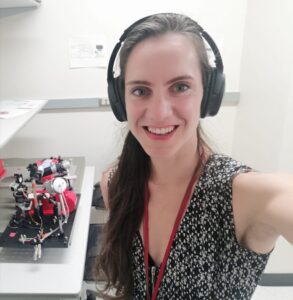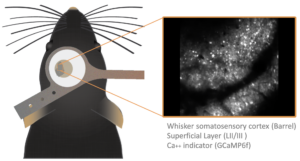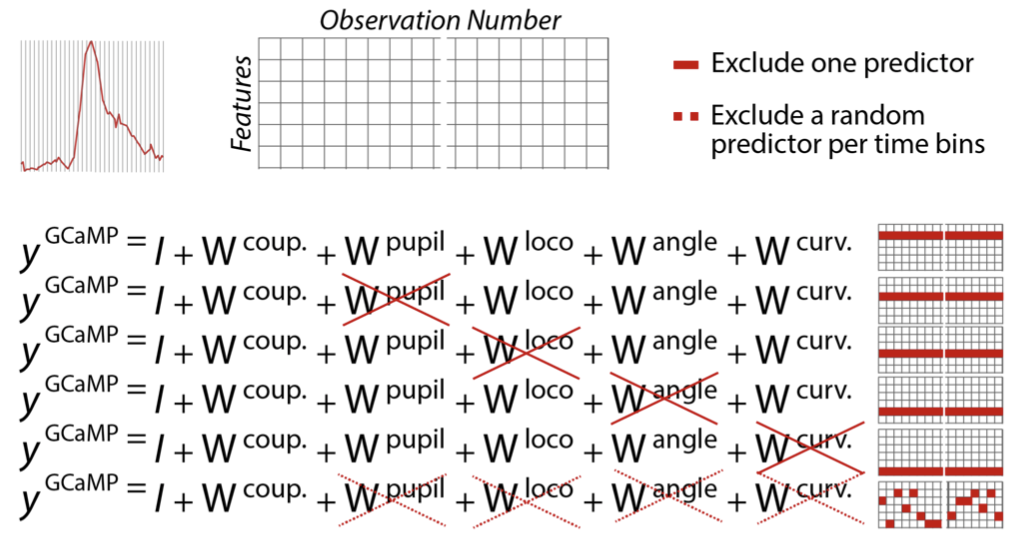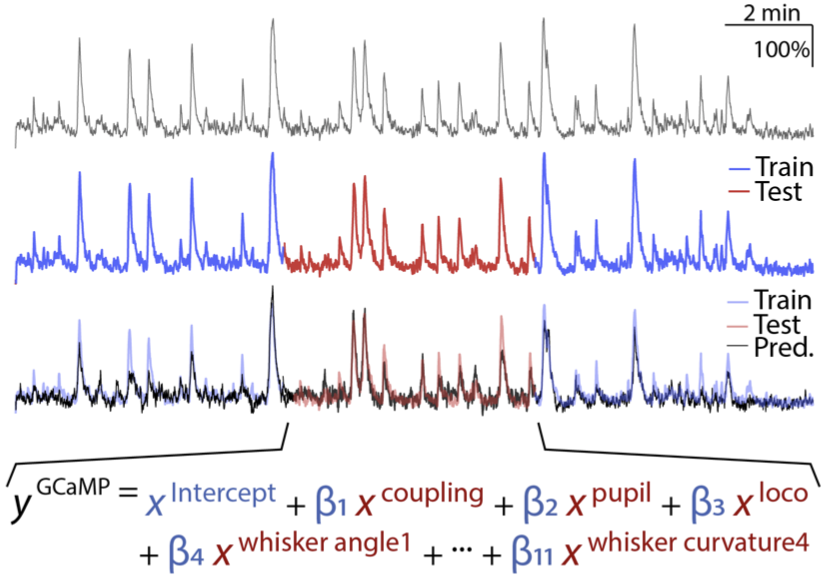My Career – Chapter 2: Non-Synaptic Plasticity
Description
Behavioral Imaging Integration
Developed a cutting-edge tool to simultaneously study behavior and neuronal activity, bridging the gap between engineering, computational neuroscience, and biology.


 My research focused on understanding how sensory experiences shape neural circuits and memory engrams, with an emphasis on intrinsic plasticity (IP) in sensory coding and ensemble formation in the barrel cortex. This work challenged the traditional view that synaptic plasticity alone drives memory and learning, instead revealing the critical role of changes in intrinsic excitability in integrating neurons into memory ensembles.
My research focused on understanding how sensory experiences shape neural circuits and memory engrams, with an emphasis on intrinsic plasticity (IP) in sensory coding and ensemble formation in the barrel cortex. This work challenged the traditional view that synaptic plasticity alone drives memory and learning, instead revealing the critical role of changes in intrinsic excitability in integrating neurons into memory ensembles.
 I developed a custom platform combining two-photon calcium imaging with precise behavioral tracking, tailored for awake, head-fixed mice. The system recorded activity from hundreds of layer 2/3 neurons in the barrel cortex during voluntary whisker exploration—a behavior critical for sensory processing. By synchronizing multiple data streams with high temporal precision, I captured both neuronal and behavioral dynamics, enabling naturalistic paradigms where mice explored textured surfaces actively or passively, akin to human tactile exploration.
I developed a custom platform combining two-photon calcium imaging with precise behavioral tracking, tailored for awake, head-fixed mice. The system recorded activity from hundreds of layer 2/3 neurons in the barrel cortex during voluntary whisker exploration—a behavior critical for sensory processing. By synchronizing multiple data streams with high temporal precision, I captured both neuronal and behavioral dynamics, enabling naturalistic paradigms where mice explored textured surfaces actively or passively, akin to human tactile exploration. All components, including the two-photon imaging system for recording neuronal activity, were synchronized via a master trigger. This ensured perfect temporal alignment across modalities, allowing me to investigate how sensory inputs, behavioral states, and neural activity interacted in real-time. Look at the following
All components, including the two-photon imaging system for recording neuronal activity, were synchronized via a master trigger. This ensured perfect temporal alignment across modalities, allowing me to investigate how sensory inputs, behavioral states, and neural activity interacted in real-time. Look at the following 


